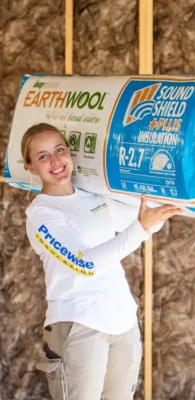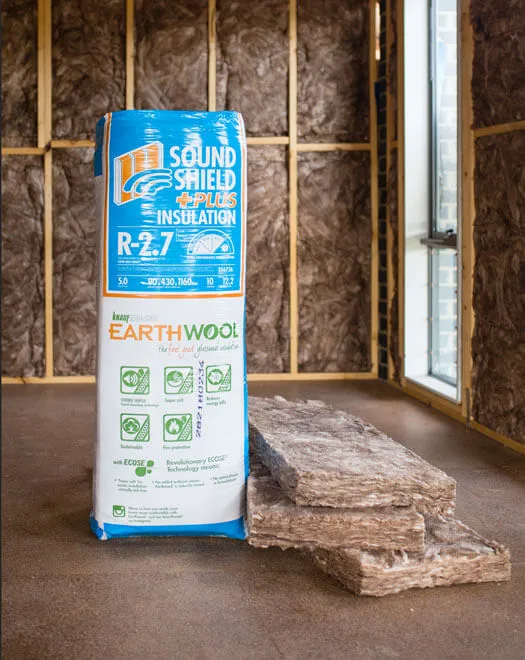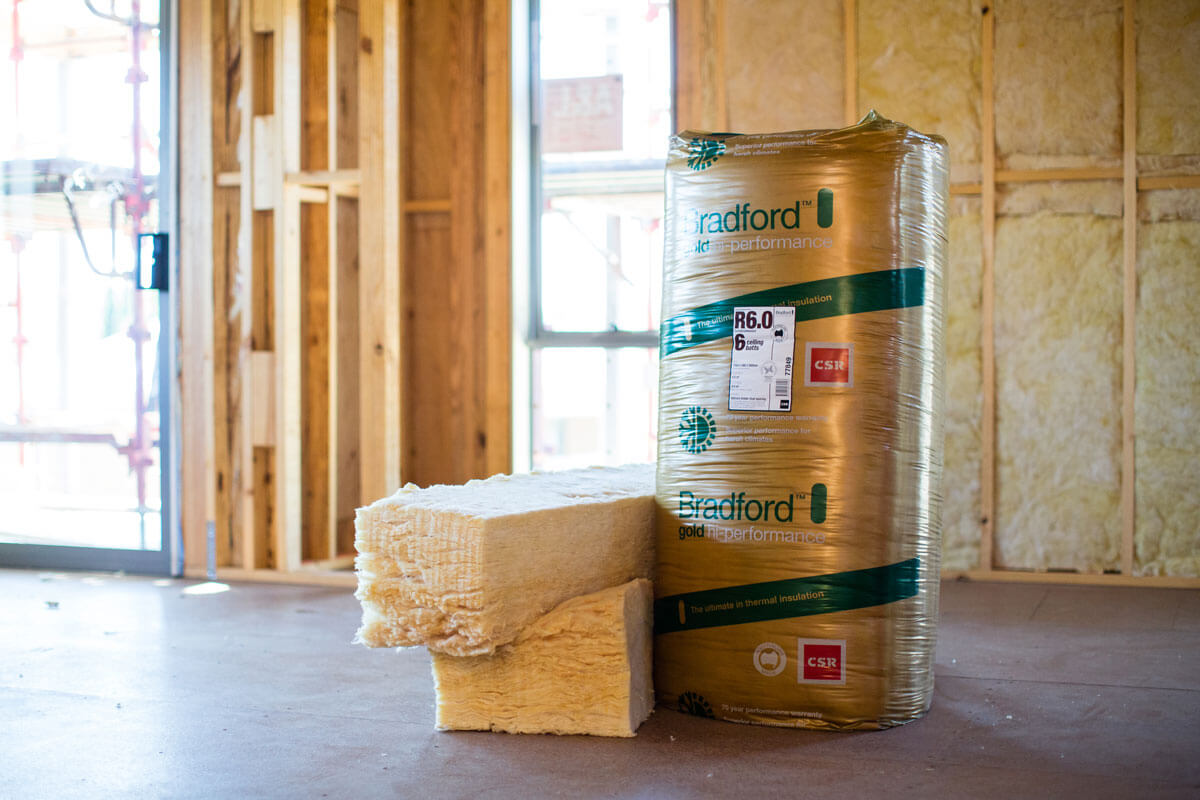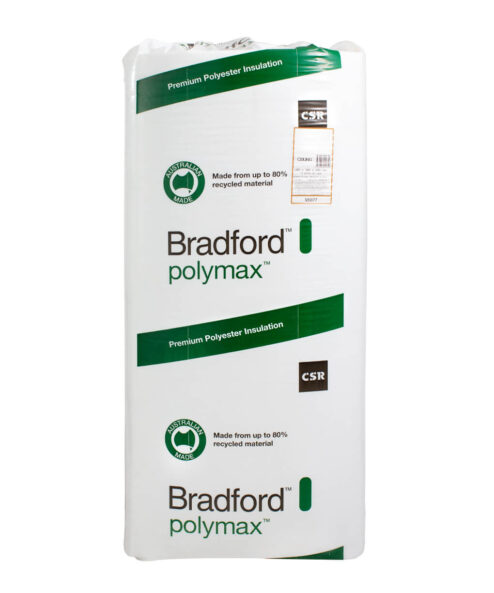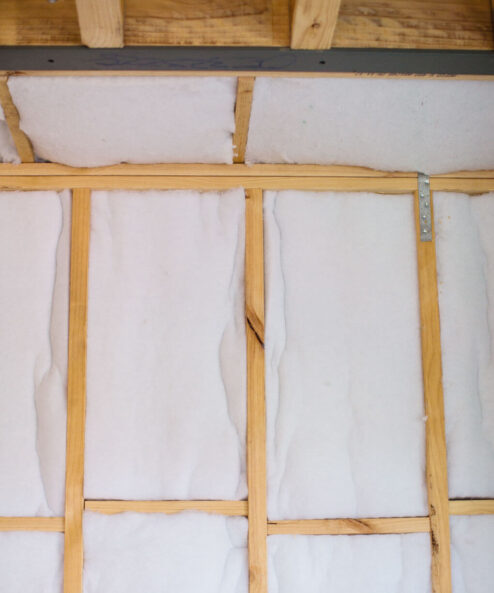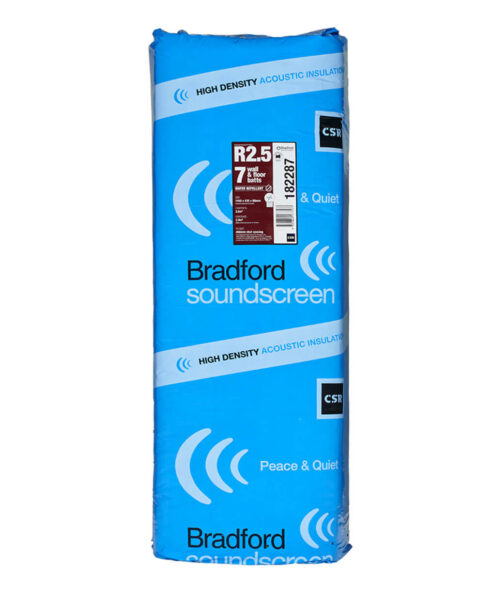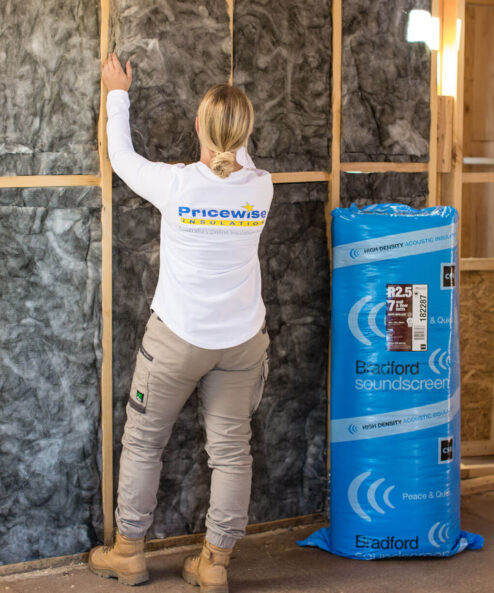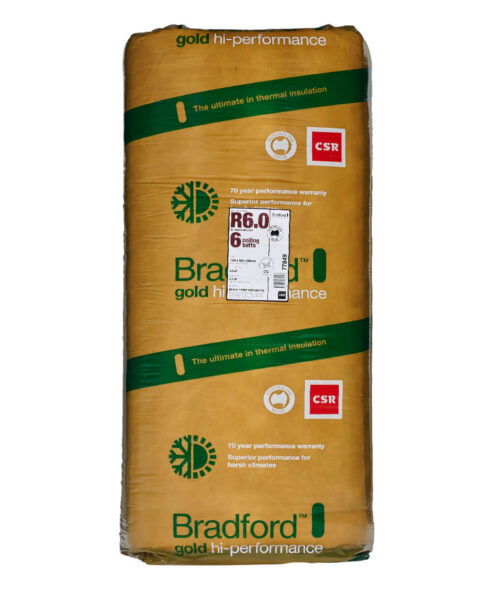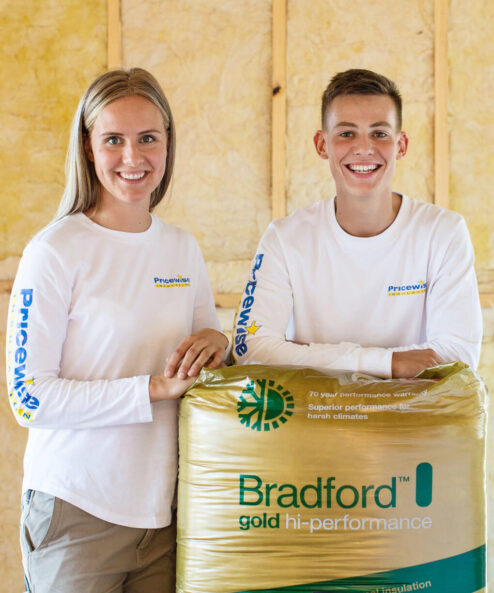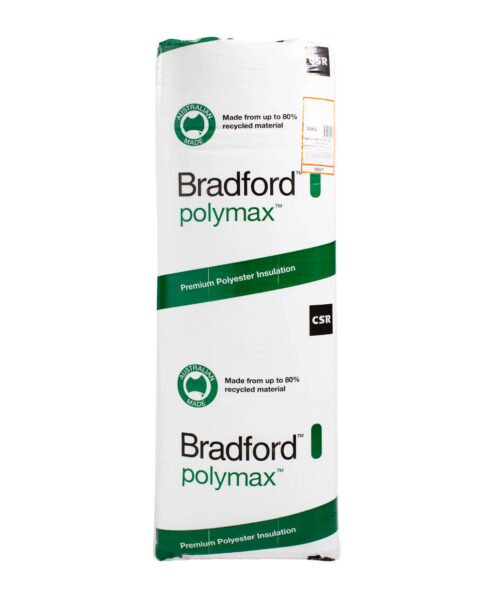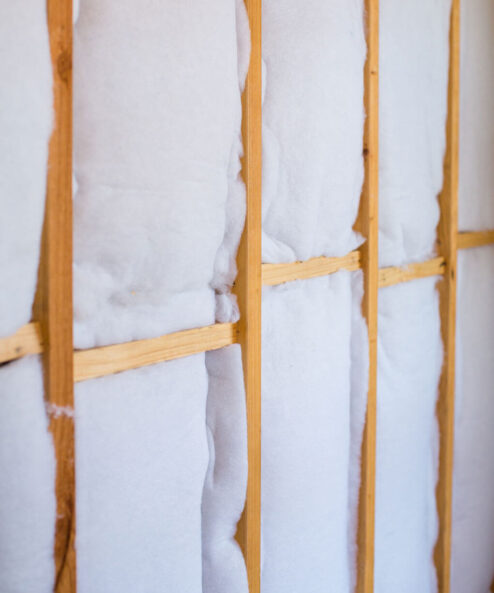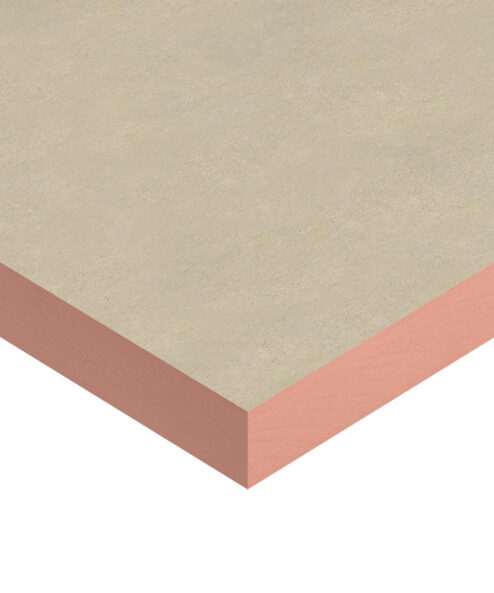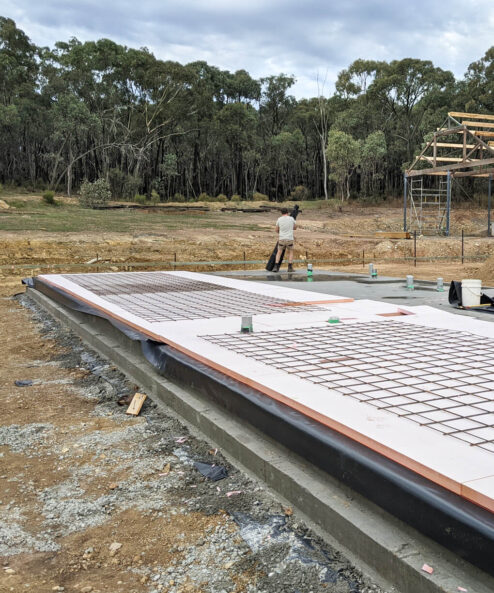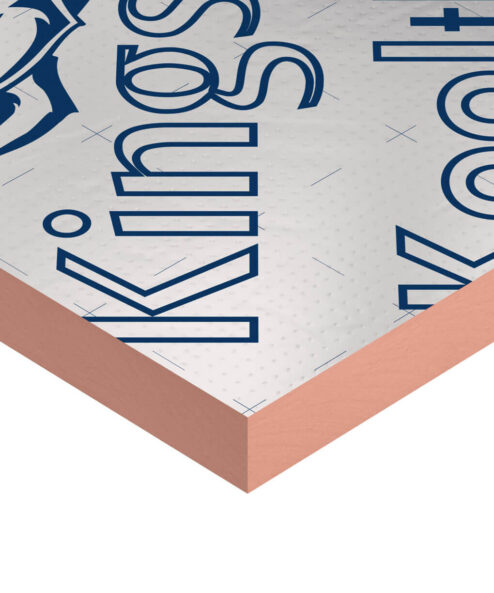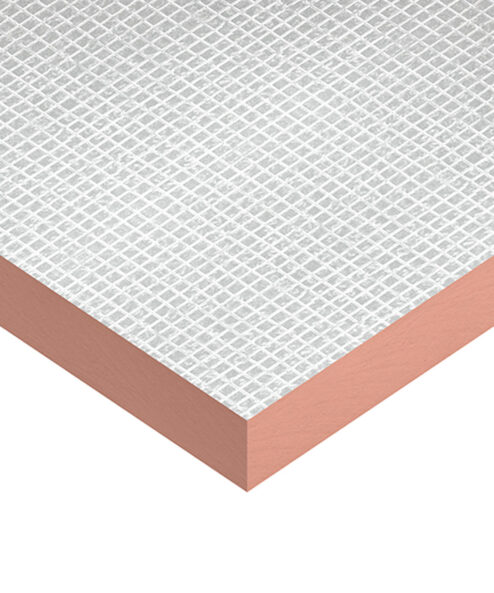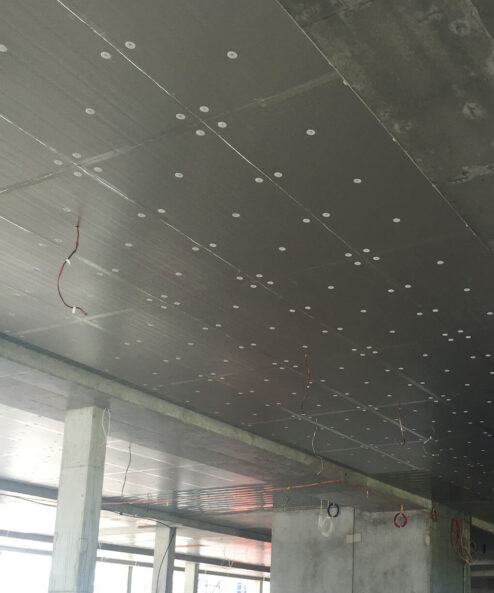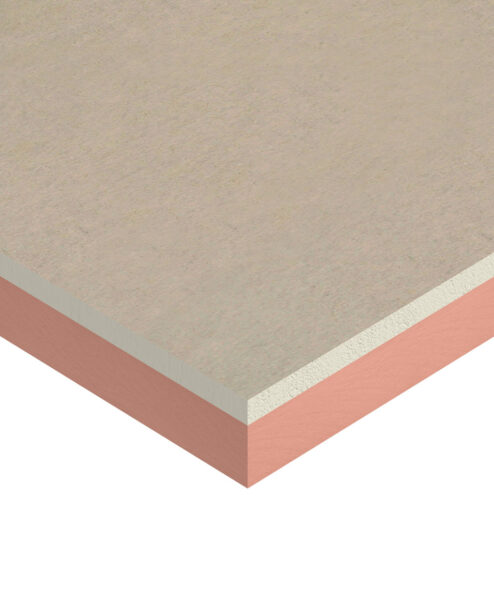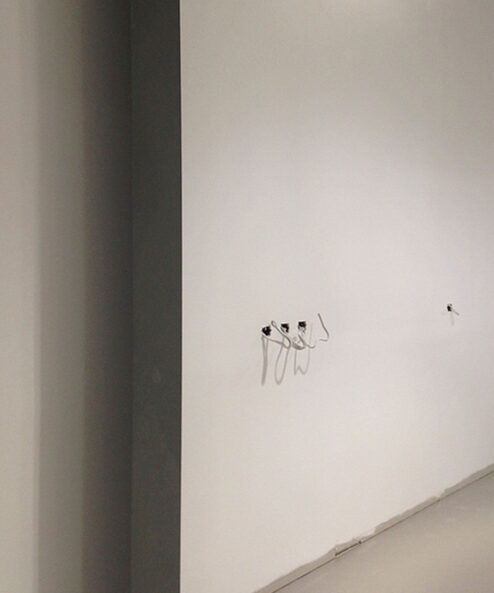Insulation Tips
Low Bills and Comfortable Homes – The Best of Both Worlds
A big percentage of most homeowners’ utility bills is spent on heating and cooling costs. That percentage goes up drastically when a home is poorly insulated. Without adequate insulation the warmth that the heater has worked so hard to produce, literally escapes through the walls and ceiling. Similarly, in summer, the air conditioner may be drawing the heat out of the house so to speak, but without insulation, the rays of the sun will quickly penetrate and the temperature will begin to climb. Homes that lack an adequate level of insulation, result in reduced comfort and increased energy bills.
Going from the Top Down
The first place to address is the ceiling, because this is where most winter heat losses and summer heat gains occur. On a cold day your house almost acts like a big chimney sucking heat through every gap and crevice in the floors and walls to the top of the house. The difference between the high pressure in the roof cavity and the lower pressure outside, and without any insulation to resist heat transfer, causes the warmth to literally pass through the roof. Ceiling insulation creates a thermal barrier, trapping more of the heat inside for the occupants to enjoy.
Walls Should be Second on the List
Another area that is responsible for a fair amount of heat transfer is the uninsulated wall. This can be difficult to address in an existing home, as usually the wall needs to be opened up so that insulation can be fitted between the timber joists. Then the wall has to be replastered and repainted. This creates a lot of work, a lot of mess and can cost a lot of money, so the best solution is to get the wall insulation right at the time of construction or during a renovation. The Building Code of Australia sets out minimum insulation standards for various climate zones, but it is generally recommended to go for an r-value that is at least slightly higher to create a really comfortable home.
Save Space with Kingspan Insulation
Sometimes space can be an issue, particularly when home builders are constructing small units with limited square metres. Kingspan Insulation manufactures an insulated plasterboard that is a popular choice in this type of situation. Rather than eating into the precious indoor space with bulk insulation and then plasterboard, Kooltherm 17 provides the insulation and lining in one slim piece. Insulated plasterboard is easy to install and generally does not take very long to do.
DIY Project or Professional Installation Service
Installing insulation can be a great DIY project for those so inclined. With some basic PPE, a sharp utility knife and a stick to poke the hard-to-reach batts into place, installing insulation can be quite a satisfying job. On the other hand, Pricewise Insulation offers great installation services at competitive prices. Experienced installers can typically start and finish the job in less than a day.

